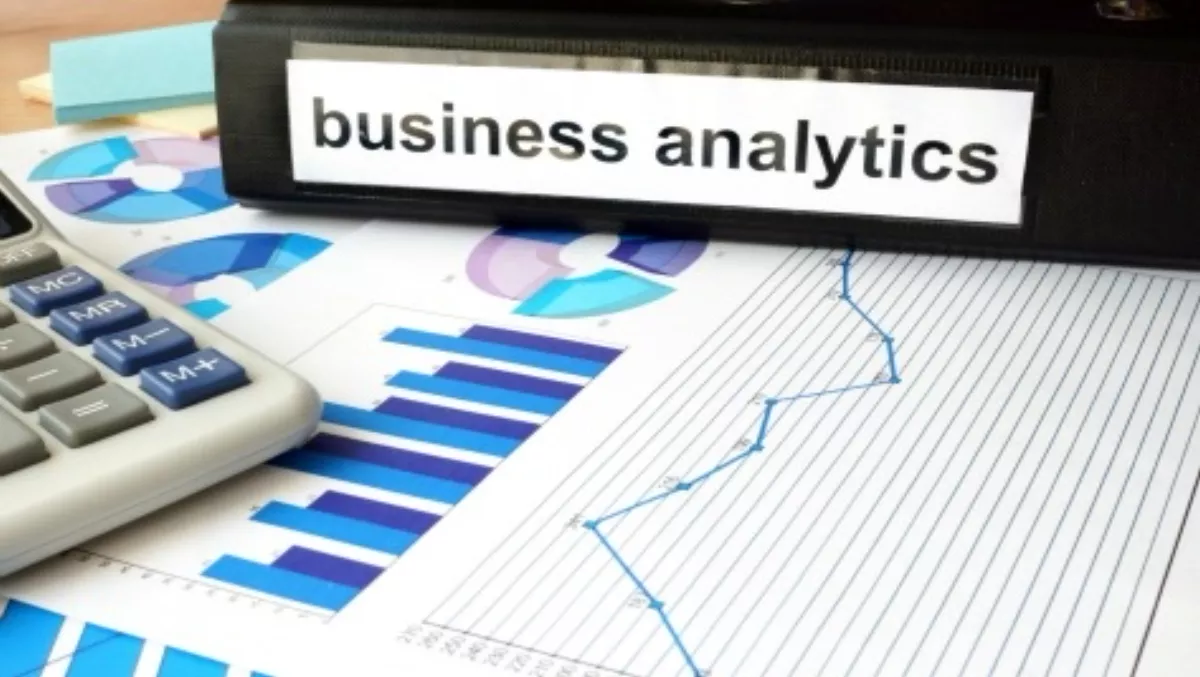Zendesk has launched a new predictive analytics feature of in customer service platform to its Enterprise customers.
The company says Satisfaction Prediction is the first machine learning and predictive analytics feature for customer satisfaction. The feature leverages historical satisfaction survey results to predict conversations at risk of bad customer satisfaction before they occur, allowing organisations to take a data-driven approach to customer service.
Zendesk says the rise of communications across mobile, social and email platforms has meant customer interactions have become complex, clouding the ability of customer service agents and managers to identify and prioritise conversations to achieve optimal customer satisfaction.
By analysing of customer interaction data, Zendesk aims to provide customer service teams with an early warning system for poor customer satisfaction by predicting and pinpointing the customer conversations most likely to lead to high or low satisfaction in the form of a real-time score.
"Zendesk's satisfaction prediction capabilities bring a sixth sense to increasingly complex customer conversations, empowering organisations to better anticipate a customer's level of frustration before bad interactions can occur," explains Adrian McDermott, SVP of product development at Zendesk.
"By introducing cutting-edge machine learning technology to Zendesk's customer support platform, we're using data-driven insights to help organisations build better long-term relationships with their customers," he says.
Satisfaction Prediction uses predictive analysis of customer signals to generate a simple 0-100 score (0 being that lowest satisfaction and 100 the highest) each time a customer service ticket is created or updated.
This allows agents or managers to prioritise workflows, drive business rules, or trigger downstream integrations based off a dynamic rule that combines the intelligence of thousands of customer signals. A machine learning model is automatically generated, through big data analysis of live account data, to create a unique, personalised customer service prediction model for each Zendesk customer.
McDermott says organisations will be able to utilise Satisfaction Prediction in a number of ways, from escalating conversations with high-value customers with a low satisfaction prediction, to noticing and correcting disconnects during a customer conversation. "This data-driven approach will enable organisations to improve their customer interactions and help them retain and grow their customer base," he says.
The machine learning underpinning Zendesk's Satisfaction Prediction learns from signals that may precede negative customer satisfaction, such as the amount of effort involved to solve a ticket, latency between user and agent responses, and language used within a ticket, paired with the customer's satisfaction rating of the ticket, McDermott explains. The model learns from these signals, enabling the feature to predict the probability that a ticket will receive a good satisfaction rating.
"Zendesk recognises that machine learning improves how companies provide support by reducing effort for customers," he says. "In the past, organisations have been forced to perform offline analysis of signals of bad customer satisfaction and create static rules to drive action. Zendesk's platform upends this model by giving customer service organisations dynamic scoring information in real-time to improve customer experiences.
Satisfaction Prediction is available in beta to select Enterprise plan customers and will become generally available in early 2016.



